21 May, 2000
About St. John's
May 21, 2000
Daily Data: Around 11:30 PM the air temperature reading was 34.7
degrees Fahrenheit from the USCGC Healy docked at Pier 17. What is
this temperature reading in degrees Celsius? (Refer to my journal
entry of May 20, 2000 "Fahrenheit to Celsius.")
Facts on St. John's, Newfoundland: Area: 186 sq mi/483 sq km
Population: 101,936 (metro area-173,097) Time Zone: Newfoundland,
3.5 hours behind Greenwich Mean Time. Daylight Saving Time is
observed April-October
Dear Everyone,
St. John's is the provincial capital of Newfoundland and Labrador.
Although it looks much younger than it is, St. John's is one of the
oldest cities in North America. The great fire of 1892 and another
fire in 1992 leave few buildings that predate the mid 1800s. St.
John's is a working seaport.
Legend says that John Cabot first discovered St. John's in 1497
although the exact location of his first landing is open for debate.
Over the years, explorers, adventurers, pirates and seafarers have
made their way to St. John's attractive naturally sheltered harbor.
St. John's is the most easterly port city in North America and was
claimed by Sir Humphrey Gilbert for the British Empire in 1583.
Although I haven't shopped, there seems to be many art galleries and
craft stores. Newfoundland handicrafts such as pottery, jewelry,
hand-knit woolens, soapstone carvings, crochet work, hooked mats and
rugs and duffel work (heavy wool embroidered in Arctic themes) is
popular.
It is obvious that dining is an important part of St. John's vibrant
nightlife. Seafood, of course, is a specialty. Yes, I tried cod
tongues and cheeks and I was not disappointed. A lovely
partridgeberry and pear torte with vanilla ice cream and raspberry
coulis for dessert one evening completed another local "must-try" of
partridgeberries.
Signal Hill greeted the Healy as we negotiated into the St. John's
Harbor area. The hill has long been used for defense, observation
and communication. Signalmen surveyed the ocean for ships headed
into St. John' s Harbor many years before the dawn of ship to shore
radio. Flags from masts high on the hilltop conveyed information
about approaching vessels to St. John's military and merchants. This
gave everyone plenty of time to prepare for incoming ships.
With its obvious strategic location, the fortification of Signal Hill
began during the Napoleonic Wars. It became the site of St. John's
military defenses and remnants of the military fortress are still
visible today. Cabot Tower was built in 1897 in the honor of Queen
Victoria's Diamond Jubilee and the 400th anniversary of John Cabot's
"Voyage of Discovery." The tower was used until 1960 and houses
exhibits of Marconi's historic wireless reception.
Best regards, Sandra Kolb sandrakolb@hotmail.com
<../tea_kolbfrontpage.html> <../>
<../>
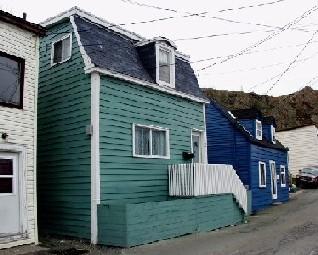
Houses along the route to the hike up Signal Hill. photo by Sandra
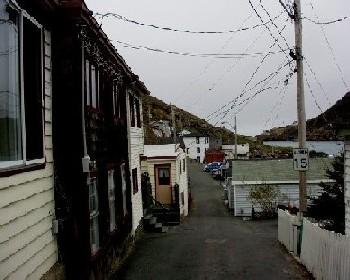
St. John's street on the way to hiking up Signal Hill. photo by Sandra
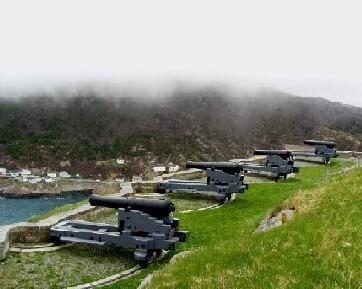
Cannon at Signal Hill. photo by Sandra

St. John's Harbor. photo by Sandra
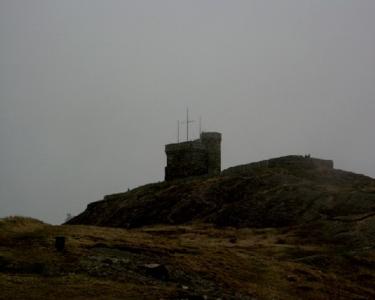
Cabot Tower at Signal Hill. photo by Sandra

An interesting home mailbox in St. John's. photo by Sandra

Canadian flag. photo by Sandra
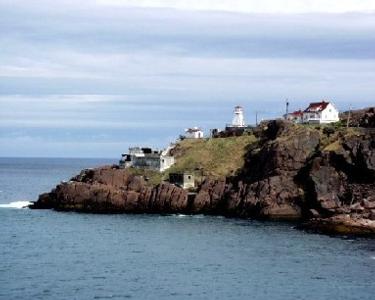
The lighthouse at the St. John's Harbor entrance. photo by Sandra
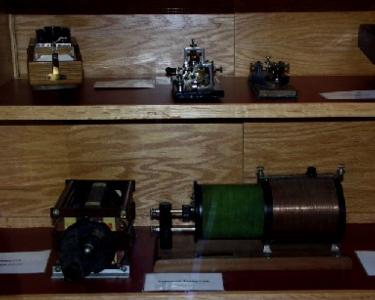
The wireless museum exhibit in Cabot Tower on Signal Hill, St. John's. photo by Sandra

The wireless museum exhibit in Cabot Tower on Signal Hill, St. John's. photo by Sandra
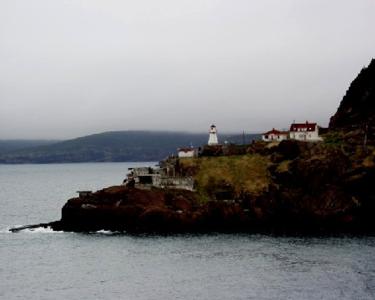
The lighthouse at St. John's Harbor entrance. photo by Sandra

The wireless museum exhibit in Cabot Tower on Signal Hill. photo by Sandra
Contact the TEA in the field at
.
If you cannot connect through your browser, copy the
TEA's e-mail address in the "To:" line of
your favorite e-mail package.
|
